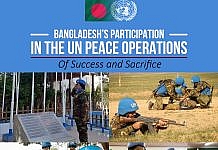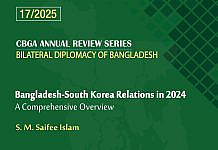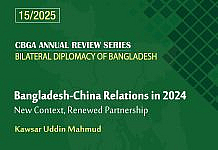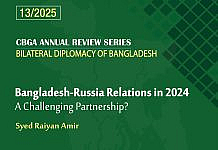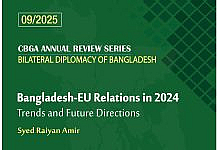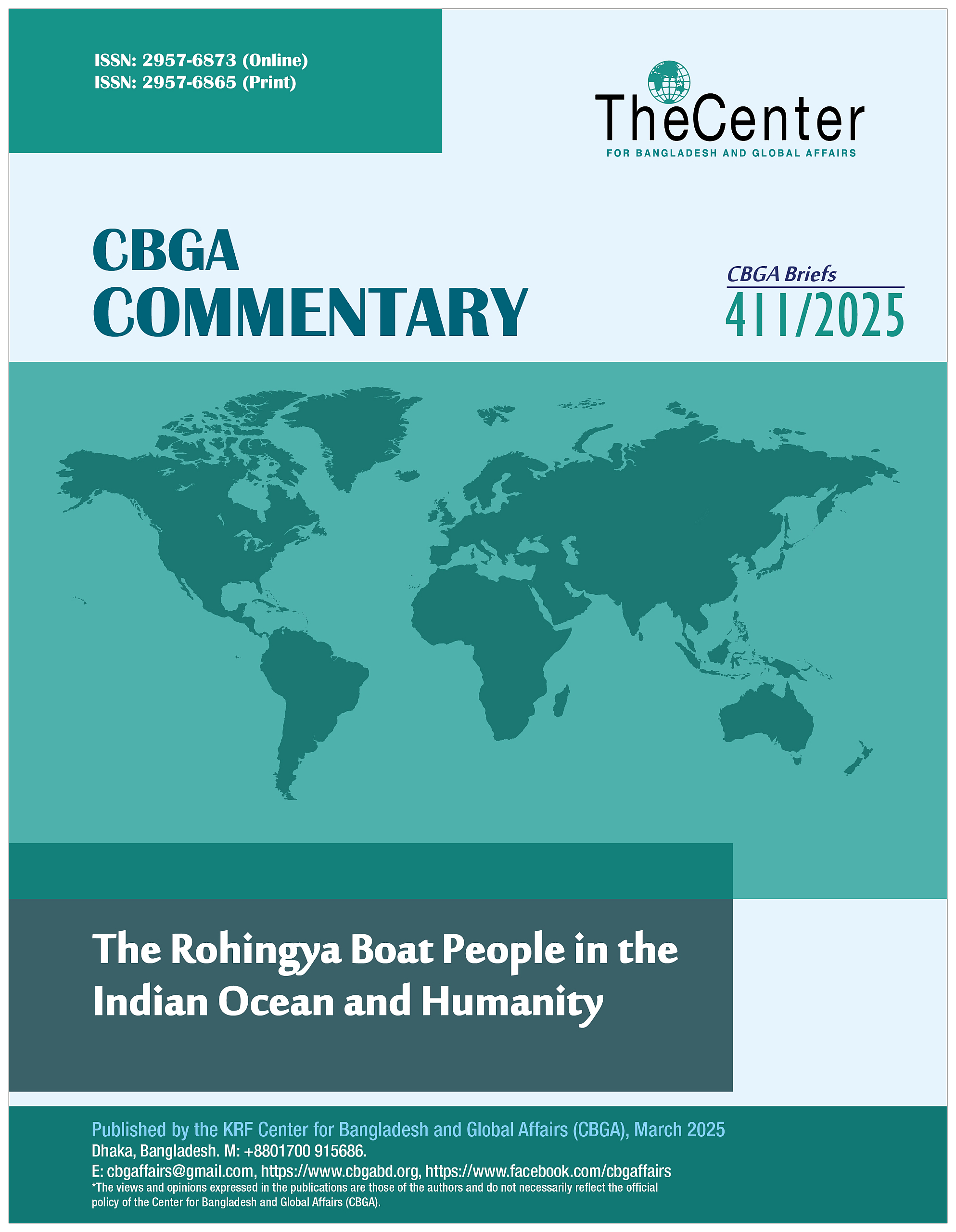
The Rohingya community has endured years of persecution and statelessness alongside physical violence leading many to move forcibly to other countries. Hundreds of thousands of individuals fled to Bangladesh after Myanmar’s military launched its operations in Rakhine State in 2017. Many Rohingya people undertake dangerous Indian Ocean Sea trips as they face unacceptable living conditions and lack prospects for returning home. Widespread reports confirm Rohingyas endure risky ocean crossings where they regularly encounter human traffickers or starvation and hostile treatment from governing bodies in the region. Countries such as Malaysia, Indonesia, Thailand, Sri Lanka and India face difficulties when they try to reconcile their humanitarian duties with their national defense priorities which result in unstable policies that force Rohingya to remain without shelter in the ocean or without safety inside detention camps.
According to Save the Children, the number of Rohingya refugees coming in by boat to Indonesia spiked nearly 700% in October 2024 when compared to the previous year. That month, approximately 395 refugees- including 173 minors- entered Indonesia, which is an increase from 49 reported in October 2023. UNHCR has noted that three vessels arrived, the most recent on 31st October at Aceh, with a total of 90 refugees on board consisting of 7 children. Unfortunately, six bodies were discovered dead, either floating at sea or on the shoreline. Since the start of 2024, 221 Rohingya have been reported dead or missing at sea. There are nearly 985 missing or presumed dead since February 2022.
Additionally, 115 Rohingya landed in Sri Lanka in January 2024, having lost six people at sea. The “sailing season” has seen a surge in Rohingya fleeing due to intensified fighting in Myanmar. In 2024, over 7,800 Rohingya attempted to escape by boat—an 80% increase from 2023. Tragically, 650 people died or went missing, making this one of the world’s deadliest migration routes. The number of children (44%) and women (one-third) among passengers also increased. A new trend is emerging where more Rohingya are leaving directly from Myanmar, rather than refugee camps in Bangladesh. Some have even risked crossing the Naf River in severe weather. Reports indicate boats being pushed back to sea, raising concerns over border control policies. Over 70 Rohingya refugees who are escaping persecution in Myanmar have reached a popular beach in the Aceh province of Indonesia in January 2025. A wooden boat carrying 40 men, 32 women, and four children ran aground in the Pereulak region of East Aceh on Wednesday after its engine failed, according to local police commander Nova Suryandaru. Over 600 Rohingya refugees have arrived in East Aceh in the last 12 months alone. After fleeing Myanmar, almost a million Rohingya, who are primarily Muslims, are now living in camps in Bangladesh. Among them are over 740,000 people who escaped a violent “clearance campaign” in 2017 carried out by Myanmar’s security forces, who were charged with mass murders and rapes.
The escalating conflict in Myanmar has driven more Rohingya people to escape from their native Rakhine State rather than continue their exodus from Bangladesh which was the traditional pattern of migration. The crisis intensity has not led host nations to establish cohesive or foreseeable responses to the situation. Historically Indonesia together with Malaysia Thailand and India have shown both accepting policies and harsh border restrictions. Local Indonesian citizens are increasing their opposition to hosting Rohingya refugees who reside in temporary shelters across the country. International organizations help yet the Indonesian government lacks a permanent solution to handle the Rohingya refugee crisis. The number of Rohingya refugees accepted by Malaysia has led to an escalating migration policy. The authorities in many regions stop arriving refugees through mandatory detention procedures despite their security and economic concerns. During recent years Malaysia has begun sending boats back to sea despite operating as a Rohingya transit point for asylum in third countries in the past. Many reports confirm that Thai authorities have intercepted boats multiple times to send them back into the open sea. India has adopted harsh immigration policies toward Rohingya refugees because of domestic political demands which include detainment and deportation. Many countries show complete resistance to their full humanitarian responsibilities based on reports of boats sent back into the ocean.
The lack of a unified regional strategy exacerbates the crisis. ASEAN and the Bali Process both have frameworks for handling irregular migration but their attempts are ineffective due to conflicting national interests. Thousands of Rohingya remain stranded because the Bali Declaration has not achieved its goal of humanitarian implementation. The Rohingyas remain at risk for dangerous sea movements and mistreatment when countries refuse them entry because there is no established collective plan. Improvement of search and rescue operations together with established policies for safe disembarkations and enduring resettlement locations represents the critical immediate actions required. The international community needs to raise its humanitarian support and diplomatic influence against Myanmar to solve the fundamental reasons behind the Rohingya relocation.
The Rohingya boat people face a major humanitarian crisis because regional nations along with the global community do not come forward to support these desperate and oppressed people when they risk their lives to survive. There is a need for sustainable solutions and better cooperation. The hosting countries grant temporary shelter but their policies shift unpredictably from limited help to total denial of entry thus trapping many Rohingya people in endless uncertainty. A fragmented ASEAN or international response to this crisis makes the situation worse because Rohingya people face repeated displacement along with exploitation and statelessness. Multiple strategies must be implemented to solve this problem, combining worldwide advocacy efforts with a distribution of settlement responsibility between nations and permanent solutions for either repatriation or long-term resettlement. Meaningful intervention must emerge to stop the Rohingyas from hazardous migration which sustains this world’s longest-running refugee crisis.
– Tahia Afra Jannati is a Research Intern at the KRF Center for Bangladesh and Global Affairs (CBGA).


